There is so much more to lions than we get to hear or read about in our everyday lives. Lion’s have had a fascinating and vibrant existence which is steeped in history, rich in drama, legend and imagination.
Some of the most courageous, poignant and meaningful historical characters have been lions, those associated with lions and lions that come to life in paintings and lions in art. The greatest famous historical lions envelope you with wonder and inspiration. Learning that such a powerful creature can exude such intrigue and spirit.
If you have a strong respect and fondness for lions, you will gain a deeper understanding of them through this article. Lions are very powerful animals with an irresistible charisma. Of course, you know that there are many ways to express your love for lions, and no matter which one you choose, you can get different feelings from it.
Of all the ideas, custom keychains are a very good one. While many people get their full name on a custom keychain, like Alexis Nilson, you can instead put a famous lion’s name on it to encourage you in your day-to-day life. It’s a very novel idea to incorporate your favorite lion image into your everyday items. Customized keychains are a very suitable vehicle for expressing love. You can incorporate any elements you like into custom keychains and express your love while using your creativity.
Here are 6 of the most famous historical lions in history:
Scarface ‘The Four Musketeers’
Male lion, Scarface resided within Kenya’s Masai Mara national Park and was named a true ‘Rockstar’! He is aptly named Scarface because of the scars he gained to his left eye when he and his three brothers fought to win over the Marsh Pride in Kenya and successfully succeeded in 2012.
Scarface and his brothers dominated a lengthy and successful reign over numerous prides over many years, showing their strength and tenacity, earning them the name ‘The Four Musketeers’.

Scarface was a bold lion and fearless in his quest to dominate his territory. He became a tourist attraction due to his dynasty as well as his grisly appearance. Scarface lived courageously as a lion and his sovereignty caused the world to observe him in awe.
Scar sadly died of natural causes but his life is still admired by millions of people around the world.
The Lions of Sabi Sands
The lions of Sabi Sands, otherwise known as the Mapogo coalition which consisted of 6 male lions. These 6 male lions were known to be a pack of the most notorious, ferocious and brutal coalition in lion history. These lions dominated Sabi Sands game reserve in South Africa.
Their reign commenced in 2006 and since their dominance began, the world has never seen such barbarity in lions before. Their reign included 100 killings of other lions, some of which were cubs. These killings also lead to cannibalism too.
Mapogo in Zulu means ‘rogue’ and its 6 male lions were called Makhulu, Pretty Boy, Mr T, Skew Spine, Dreadlocks and Kinky Tail.
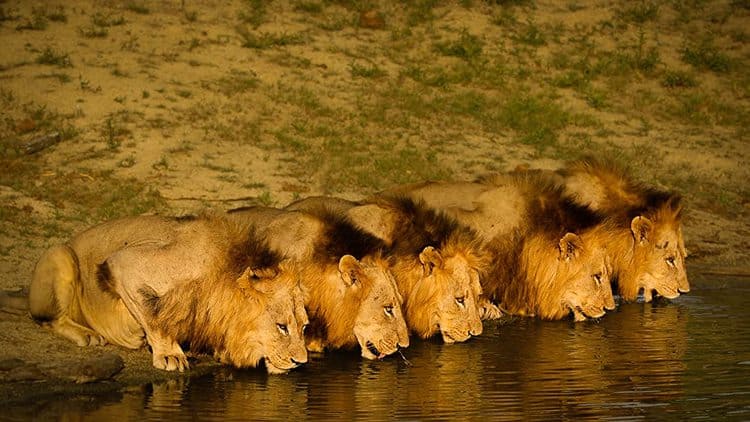
In 2006, the Mapogo coalition came together when brothers of the Sparta Pride were kicked out. They formed a coalition, entered Sabi Sands and won against the previous reigning coalition of four-males. One of the four-males was killed and the other 3 fled.
Their reign of terror continued vigorously and any male entering their range would either flee from fear or be killed, mauled and most likely eaten by the 6 males. Their poignant reign came to an end in 2010 after the Majingilanes coalition of 5 males took over.
The Mapogo lions made such an impact throughout their reign that they had a huge effect on the ecosystem due to their killings being nearly at 110 lions. Because of these ferocious lions, lion numbers within the area are still at a low.
Rubens “Daniel in the Lions Den”
Rubens “Daniel in the Lions Den” is one of the most famous paintings in history that encompasses Lions. This work of art is magnificent and its message is even more poignant. Depicting a scene from the Bible’s ‘Daniel 6:1-28’.
Within this painting you can see Daniel sitting praying amongst a pack of lions in the lion’s den. In the old testament, the story says that Persian King Darius condemned Daniel to spend the night within the lion’s den for believing and devoting his life to God and not to him, the king.
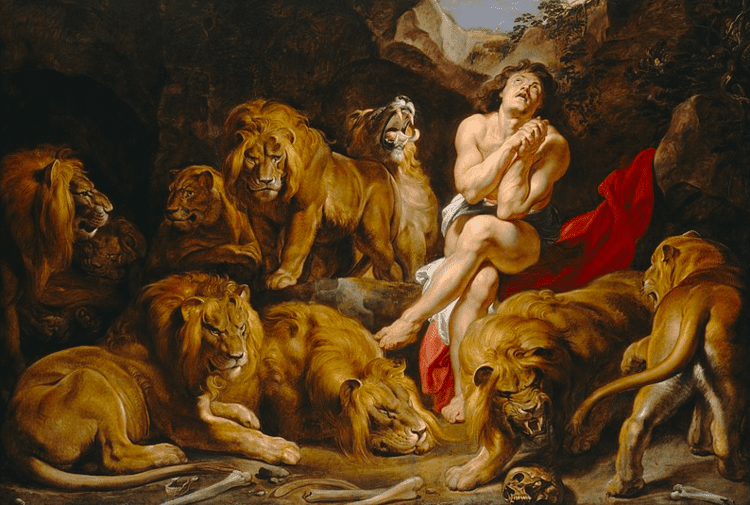
The next day, the lion’s den was opened by the Persians and to their amazement, they saw that Daniel was still alive and thanking the lord for his safety throughout the night.
Daniel prayed continuously throughout the night that God would send angels to protect him and shut the lion’s mouths. Daniel’s astounding survival was a sign of the resurrection of Christ from his tomb, and God’s promise that those who have unwavering faith unto him would have God’s protection.
The man-eating lions of Tsavo
The man-eating lions of Tsavo are two maneless male lions that are also two of the most famous big cats in history.
These lions are not only famous because of their absent manes but also because they killed many men in 1898. It’s rare that lions kill humans as lions prefer to kill four-legged animals as prey.
It was in 1898 that the construction of the Ugandan/Kenyan Railway train was being built. A train that would connect Uganda with the Indian Ocean. Part of the first train construction spread over 8 miles where many workers began to work.
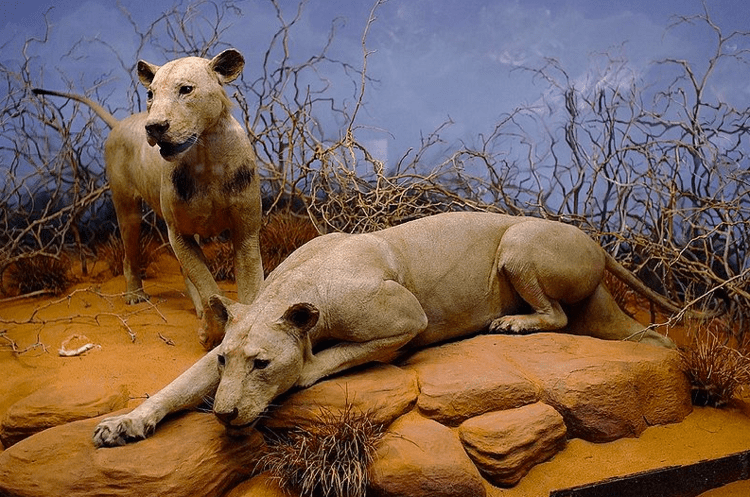
Lieutenant-Colonel John Henry Patterson led the project and over the next 9 months, the two maneless lions honed in on the region, killing several train workers which then led to daily killing-sprees.
The killings continued and workers fled the site in fear of getting mauled. Patterson intervened and ordered a lion hunt. It took many attempts to kill the lions but in December 1898, the first lion was shot by Patterson, closely followed by the second lion which was killed 20 days later.
The two lions are now able to be seen at the Field Museum in Chicago where Patterson sold them in 1925.
Father of Lions – George Adamson
George Adamson, named the ‘Father of Lions’ was a famous British wildlife conservationist. George was also an author of many well-known books on his groundbreaking work with lions as well as his inspirational life surrounding lions.
George was born in 1906 in India to British parents. George moved to Kenya and later in life became a wildlife warden in Kenya’s northern frontier district. George was then hired as a safari hunter and remained in this position for many years.
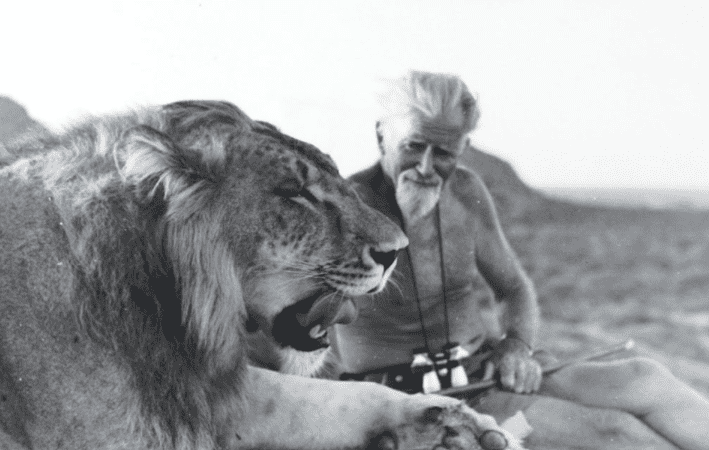
After studying wild animals for numerous years, he became more connected with these wild animals and his feelings changed from killing them to helping them. In 1956, George successfully raised captive lioness Elsa whom he helped release back into the wild.
George devoted his life to raising captive lions and re-integrating them back into the wild. This practice was unheard of and many were incapable of accomplishing it. George successfully lived his life for and with lions.
George’s love was recognised by lions and his mission to give each lion the opportunity to live their lives as wild animals, with unnecessary captivity and suffering. His work is truly inspirational beyond comparison.
George was killed in Kenya in 1989 and is buried among his beloved lions – Boy and Terrance. This African Lion safari talks about George Adamson in length.
Hjalmar the Dreadful
Hjalmar the Dreadful, born in 2010 in the Ngorongoro Crater, Tanzania to the Munge Pride. Hjalmar is named because of his mane of muddy and wild dreads. In 2015, Hjalmar teamed up with male lion Kijana and were the two main males in two lion prides within the Crater.
Hjalmar was outed from his residence within the Crater in 2017 without trace until 2018 when Kope Lion charity heard news that there was a large male lion that was at risk to livestock at the Serengeti border. This situation nearly caused a lion hunt. However, from footage of the lion – the lion was in fact Hjalmar the Dreadful who had padded his way 38 miles away from his home to the Serengeti border. For the next 18 months, Hjalmar was never to be seen again.
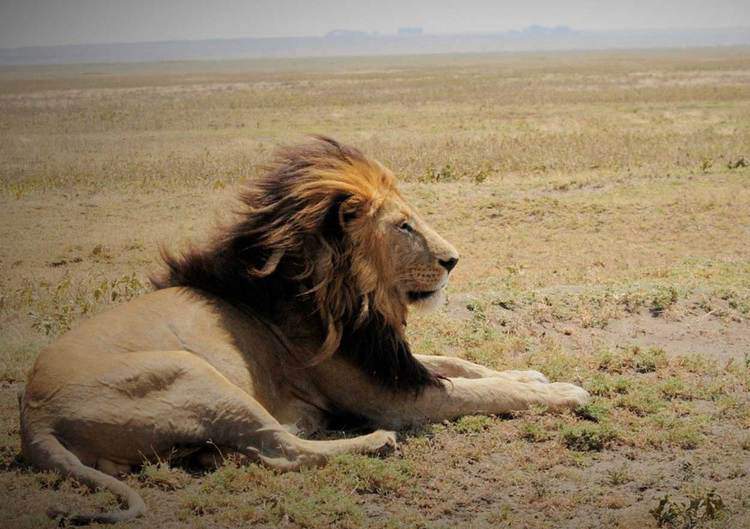
In 2019, this elusive wanderer padded to his next location and was found spending time with female lionesses in the Ndutu Marsh area. Coming into his prime, and having walked his way to territories beyond his range, Hjalmar is a real exception. Hjalmar not only proves that he is a unique lion but through his brave accomplishment proves that lions can indeed walk the corridor from the Crater to the Serengeti ecosystem.
Hjalmar still lives to this day comfortably in the Ndutu region.
What you can do
Support ‘Fighting for Wildlife’ by donating as little as $1 – It only takes a minute. Thank you.
Fighting for Wildlife supports approved wildlife conservation organizations, which spend at least 80 percent of the money they raise on actual fieldwork, rather than administration and fundraising. When making a donation you can designate for which type of initiative it should be used – wildlife, oceans, forests or climate.

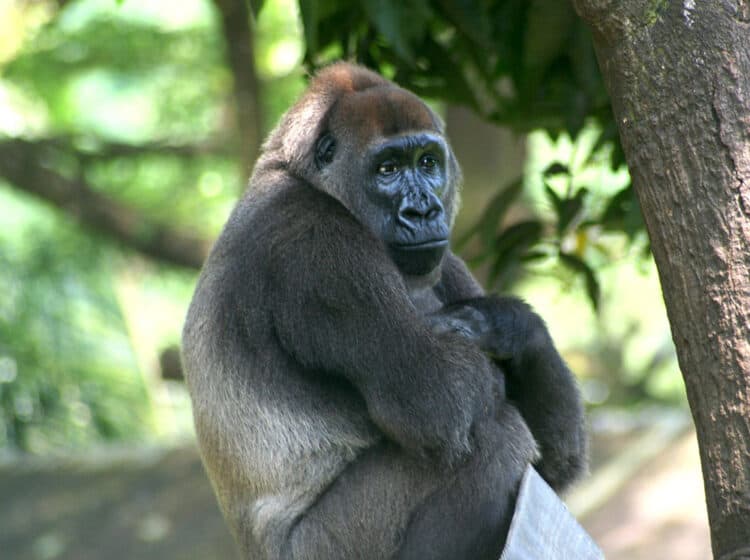
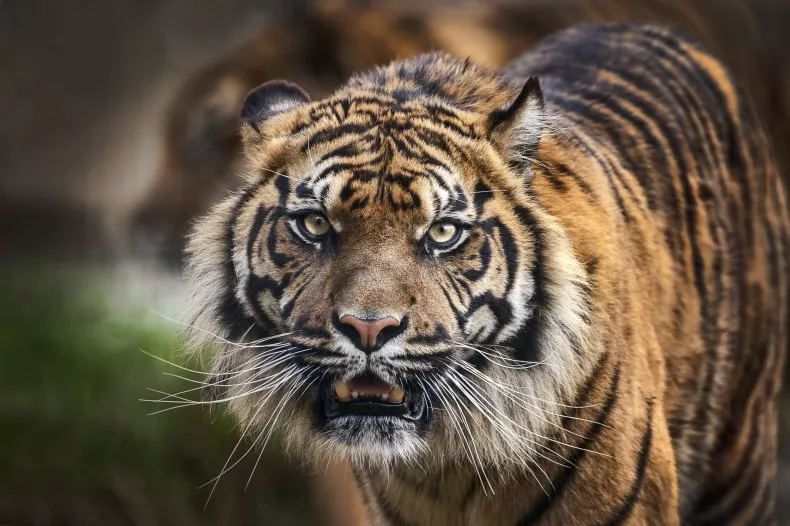
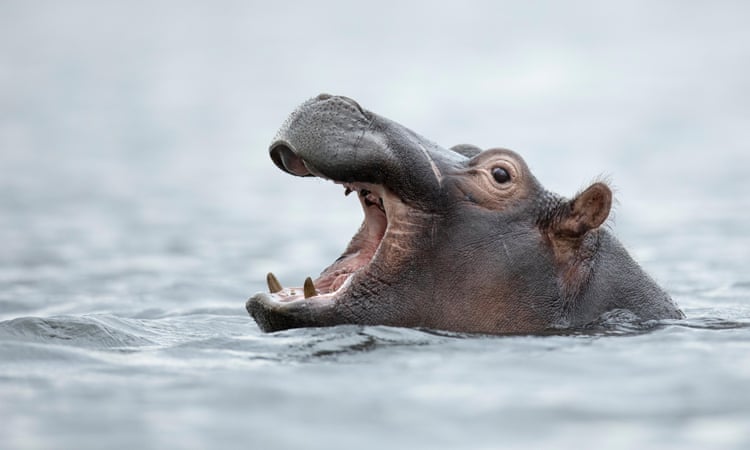
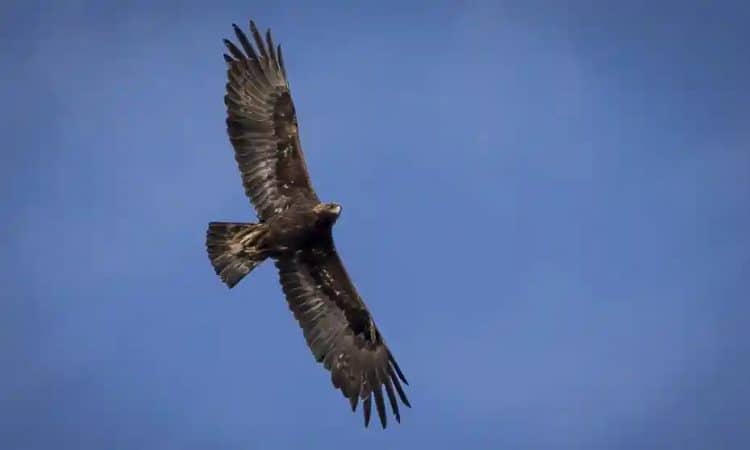

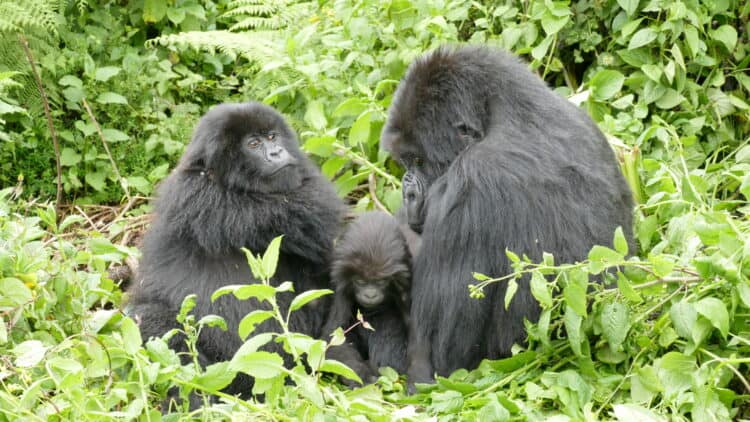
Leave a Reply